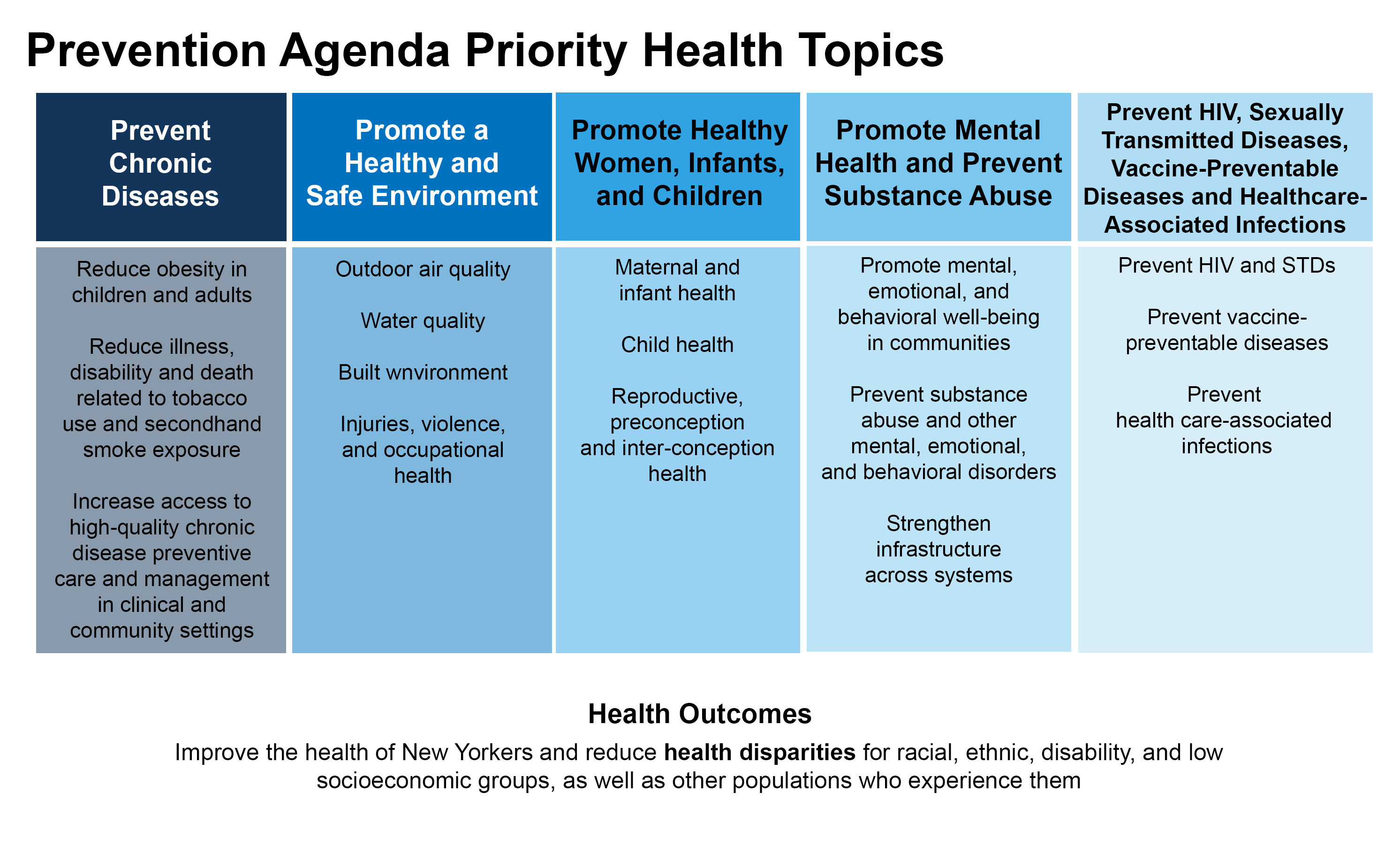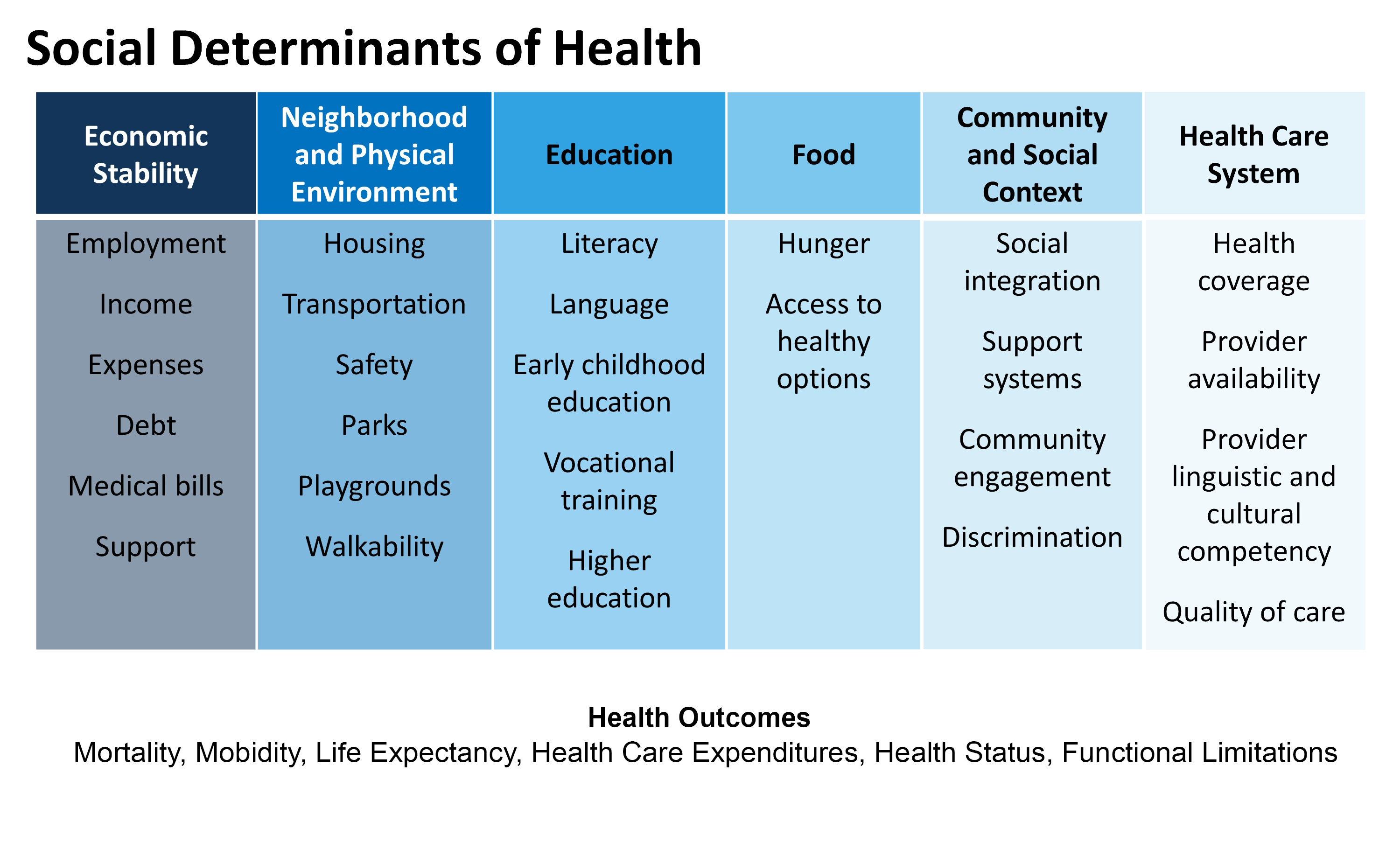Long Island's Healthy Libraries
Download Final Report
Read Research Results Published in the January 2023 Issue of Library & Information Science Research
Download PDF of Published Research Results
News Release About Published Result
In 2016, the Long Island Health Collaborative highlighted a Health Affairs article entitled “Beyond Books: Public Libraries as Partners for Population Health”. This article uncovered a role that public libraries are playing in meeting the health and social support needs of communities. Since its publication, several news outlets on Long Island have reported on the vital role our public libraries, which are trusted resources in the community, play in meeting diverse population health needs, especially for those who are marginalized and suffer from health disparities.
The discussion from this article really resonated with our academic partners. After some collaborative research, a regional specific version of this project was undertaken by the Long Island Health Collaborative (LIHC), Stony Brook’s Program in Public Health, and Hofstra’s Master of Public Health. The main objective was to examine how libraries address Prevention Agenda priority health topics and the Kaiser Family Foundation social determinants of health.
The New York State Department of Health developed the Prevention Agenda, New York State's Health Improvement Plan for 2013-2018, as the blueprint for state and local action to improve the health of New Yorkers in five priority areas and to reduce health disparities for racial, ethnic, disability, and low socioeconomic groups, as well as other populations who experience them. (please note: this research was completed before the 2019-2024 changes to the Prevention Agenda). You can view the Prevention Agenda Dashboard here!

The Social Determinants of Health (SDoH) are the circumstances that shape people’s health like where they are born, grow up, live, work and age. This list also includes socioeconomic status, education, neighborhood, physical environment, employment, social support networks and access to health care. Understanding these determinants are vital to improving health and reducing inequalities in health and health care.

Heiman, H. J., & Artiga, S. (2015). Beyond health care: the role of social determinants in promoting health and health equity. Health, 20(10), 1-10.
Public health graduate students conducted environmental scans of programs offered by libraries in Nassau (n=59) and Suffolk (n=62) counties. The students reviewed data from 2016-2018 by analyzing publicly accessible newsletters, calendars, pamphlets, flyers, and websites. Content analysis was conducted for every program and coded by social determinants of health and Prevention Agenda (2013-2018) Priority Health topics and results were entered into an Excel spreadsheet.
Using ArcGIS software, two interactive layered maps were created – the one below for research use and a simplified one for the public’s use (LINK PUBLIC MAP). This interactive map helps researchers and providers of health and social programming determine gaps in services in relation to zip code level SPARCS discharge data for certain diagnoses.
Working with the libraries and provider partners, programming can be modified and/or implemented to meet the needs of the communities. The public facing interactive map is a tool for the public to discover programming. The data can also be used to identify how libraries are impacting specific population health issues, such as the opioid epidemic, obesity, food insecurity and homelessness, and chronic diseases. There is empirical evidence that opiate abusers have used public libraries as injection sites and that some library staff trained in Narcan administration have served as first responders.
For libraries to become full partners in public health, more funding from both public and private sources is needed. This research provides a strong case for enhanced funding. Data collected is historical, but results can be used to inform future programming needs.
Thank you to Valerie Lewis, Administrator of Outreach Services at the Suffolk Cooperative Library System, and Nicole Scherer, Outreach Services Specialist at the Nassau Library System, for their guidance on this project.
Map created by Master of Public Health and Undergraduate Community Health students from Stony Brook University and Hofstra University.